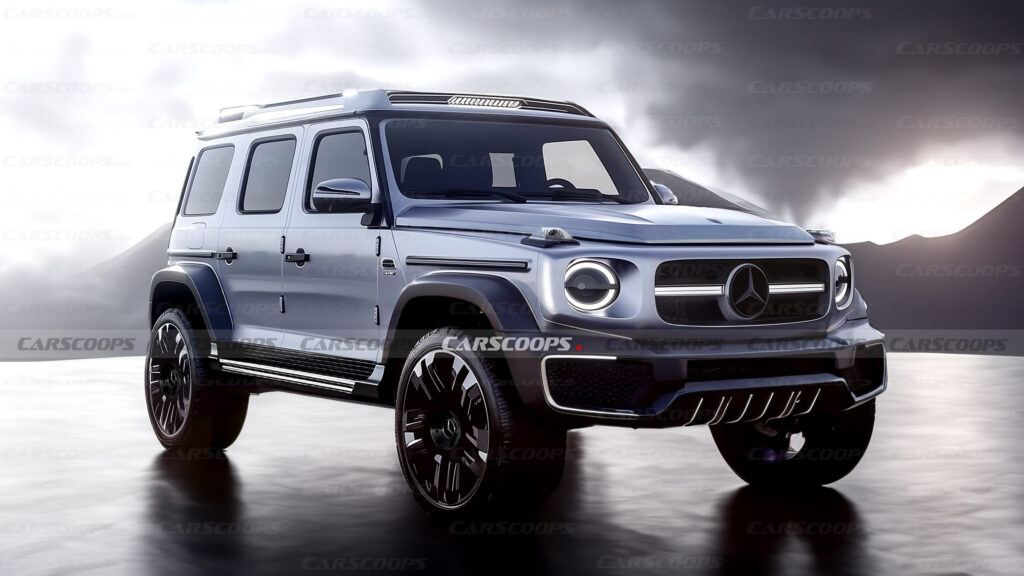Electric vs. Gasoline

There’s been plenty of buzz around Mercedes-Benz’s leap to electrify their legendary G-Class, but in the real world, it seems not everyone is ready to swap the beloved roar of a V8 for the silent hum of electric motors. Since its introduction, the all-electric G-Class hasn’t exactly been flying off the shelves. In fact, it’s performing so poorly that Mercedes is seriously considering a rethink for its future models.
Sales Figures

Unveiled last year, the electric G580 with EQ technology commanded a hefty starting price of $161,500. However, only a trickle of these high-tech SUVs have been sold globally—1,450 units in Europe, 61 in South Korea, and a mere 58 in China. Shockingly, some reports even suggest that not a single one has found a home in the U.S., a claim that’s still under validation.
Why the Struggle?
What’s making potential buyers shy away from this electric marvel? For starters, the electric G-Class retains the same size and cramped style as the internal combustion engine (ICE) counterpart, but heftier, which makes it underwhelming as a towing vehicle when compared to its gasoline sibling. The electric version’s range tops out at about 239 miles, not exactly a long road trip’s best buddy.
Compare to Gasoline Version
The gasoline G-Class, on the other hand, remains a crowd favorite despite its premium price tag. It outsells the electric version seven to one. For many luxury buyers, the allure of a gas-guzzling powerhouse is hard to resist, even as environmental concerns mount.
Market Implications
This sluggish pace in EV sales led Mercedes to reassess its lineup strategy. Earlier this year, the brand decided to reinvest in combustion engine technology while simultaneously expanding their EV offerings. One such future model, the baby G-Class, was initially planned as an EV. Rumor now has it that Mercedes might integrate a combustion or hybrid powertrain, leaning on their flexible MMA architecture used in models like the CLA.
Driving Experience
Behind the wheel, the driving dynamics of the electric G-Class aim to replicate the adventure-ready spirit of its gasoline counterpart. Despite the increased weight, the electric model’s instant torque handling impresses, yet some traditional drivers find it lacks the visceral pleasure delivered by a V8 or inline six engine found in the latest G550. The gasoline version remains an off-road beast and a status symbol on city streets, a combination the electric version struggles to match.
Conclusion
Adopting an electric powertrain in an iconic model like the G-Class is no small feat, and Mercedes is aware that finding the right balance between tradition and innovation is crucial. As they work on boosting EV appeal, they’ll also be addressing buyer preferences that still lean towards the classic rumble of a combustion engine. It’s likely the tale of the electric G-Class is far from over; we’ll just have to see where Mercedes shifts its gears next.
Zeekr Buyout Battle
CHP Cracks Down
Tesla Triumphs in Norway
Corvette ZR1 Unleashed
AMG's Electric Shift